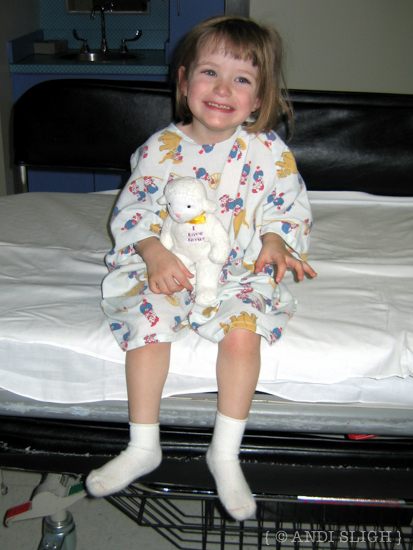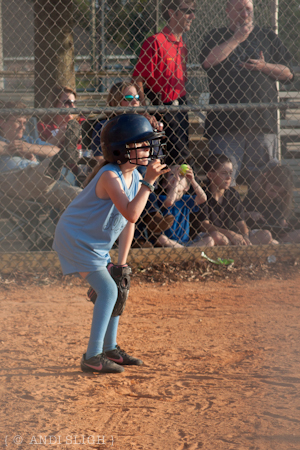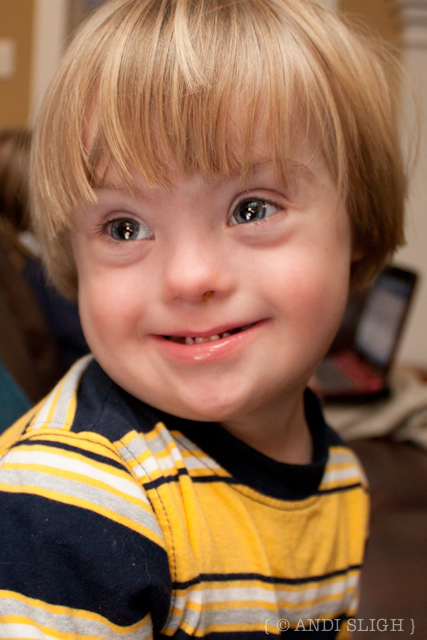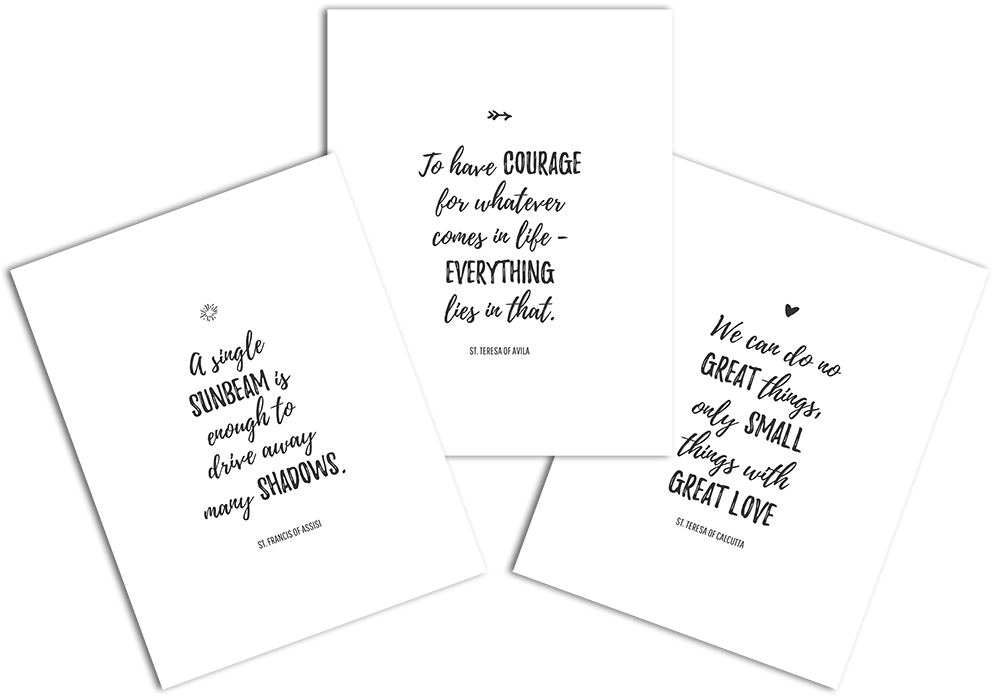
Seven years ago last Friday, Mr. Andi and I let go of our baby girl as she was wheeled back to the OR for her selective dorsal rhizotomy.
Today, I have no regrets about the surgery, and I still hold out (some) hope that she will be able to avoid some painful orthopedic procedures because of it. It was a resounding success.
But in the months leading up to her surgery, I spent a lot of time worrying about doing something that would fundamentally change my little girl. SDR is not a miracle cure, but for those children who are good candidates, the results are dramatic. For the better part of three years, I had exhaustively researched therapies and procedures in hopes of finding something that would help her to walk. When she was recommended for SDR, I was ecstatic and shocked, but not surprised, because my research had already told me she was a strong candidate, but I was fearful that she wouldn’t be accepted for some reason that I wasn’t privy to as a lay person.
But once the date was set and the wheels were in motion, I was afraid.
Of putting my baby under, yes.
Of something going wrong, yes.
Of a wayward scalpel cutting a spinal nerve it wasn’t supposed to touch, yes.
But mostly I was afraid of doing something that would forever change the course of her life, and her.
As difficult as it was to be her mother back in those days, I knew that her struggles were not just events, but part of her person. It was impossible to separate who she was as a person from her disability. Her disability may not have defined her, but it shaped her. She was learning to be tough at a young age, which I knew would benefit her later in life. I wanted to change her situation, but I didn’t want to change her.
As it turned out, my fears were unfounded.
Although her struggles would likely have been tougher without the SDR, she has struggled plenty in the seven years since I had those worries, and I no longer believe that she would have been a different person without the surgery. She’s the same kid with the same struggles – she’s just able to do a little bit more than she would have been able to do otherwise.

Recently, I heard about the Preemie Growth Project through my blogger friend Ellen Stumbo. In short, it’s a supplement regimen that appears to have led to significant improvements in children with various disabilities, such as cerebral palsy, who were born premature.
When I first read about it, I dismissed it.
I have long since stopped seeking the latest research, procedures, or treatments for Sarah Kate because they’re the same things I’ve been reading about for a decade. There is no magic pill, but there are a lot of expensive hit-and-miss options (and, of course, a few quacks). But Sarah Kate is rapidly approaching puberty, and with puberty comes the last major opportunity for marked growth and developmental progress.
The regimen is (relatively) inexpensive, easy to administer, and should give us results within a short period of time (if there are any, that is). She will always have cerebral palsy, and cerebral palsy will always cause her problems, but if there’s something I can do to squeeze a little more blood out of the turnip that will make her movement just a tiny bit easier, it’s worth a shot. More about that in a later post.
While reviewing the protocol, remembering how I felt seven years ago before the SDR, I couldn’t help but relate my treatment-seeking experiences to Nathan.
I want him to achieve all that he is capable of achieving.
I want him to be able to speak clearly.
I want him to play sports on a regular team.
I want him to have a typical elementary, middle and high school experience.
I want him to attend college – and in the traditional sense, not a specialized program for those with cognitive disability.
I want him to meet a nice Catholic girl and get married and raise beautiful children with big blue eyes and great hair like his in a nice neighborhood with picket fences and dogs.
But the only way that all of those things are likely to happen is if a cure is developed for Down syndrome.
In the event that such a thing was created (unlikely), sometime in the very near future and without negative side effects (even less likely), it would have to do so much more than Sarah Kate’s SDR surgery did for her. He would be fundamentally changed.

And if that cure – or even just a treatment – for Down syndrome were developed, would he still be the smiling ball of mischief that makes me laugh even as I pull my hair out in frustration? Would he remain an enthusiastic hugger? Would his brilliant smile and exuberant dance moves remain?
I wouldn’t want to take the risk.
So I do run in support of Down syndrome research, because I want Nathan, like Sarah Kate, to achieve all that he is capable of achieving. But I don’t want to cure him, because I like him just the way he is.

Your blog just keeps getting better and better. I loved the birth story of Sarah Kate and even more, I love the sweet picture of her above on the hospital bed. She is so cute and I can’t believe how grown up she is looking, she is getting so pretty. I still miss doing our albums together, I haven’t worked on them in years and am so behind. Hope you all are doing great.
Love the pic of Sarah Kate on the hospital bed.. We will always remember Kate’s ‘heart day’ too, as it was life changing for her future. Thank goodness for modern medicine! I love that I too am getting to that point of not wanting to change a thing…other than myself (for the better) and my perspectives of what quality of life truly means (a much broader definition is unfolding).. Love your deep thoughts lately…and thanks for sharing!